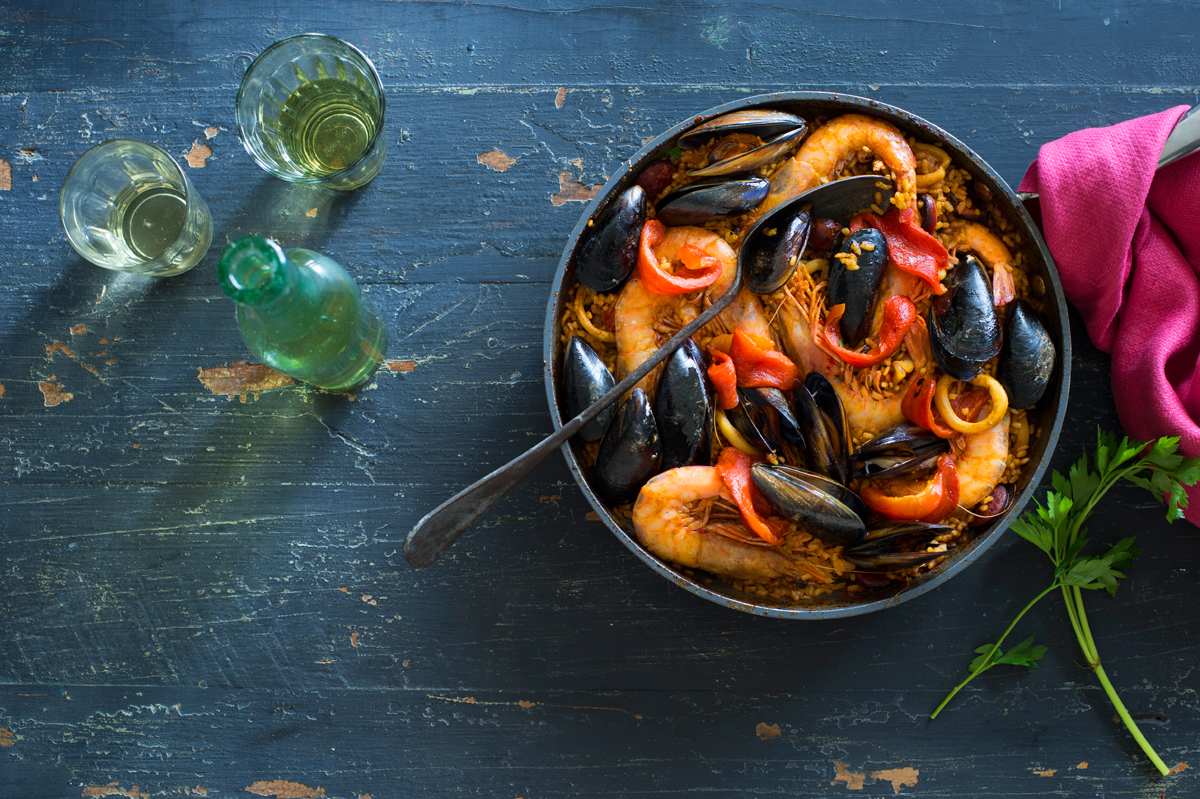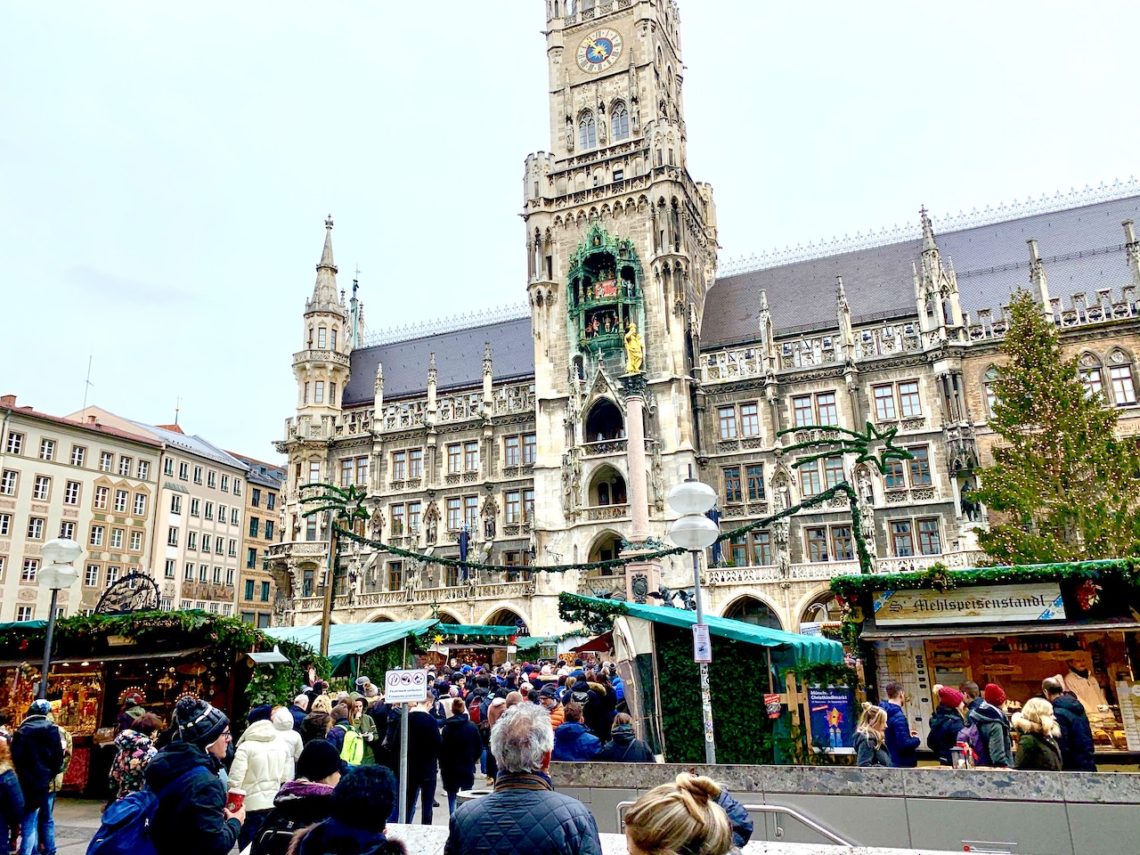
Dietitian Abroad: Germany Edition
It seems like ages ago that we celebrated the Christmas holiday in Southern Germany, but looking back at our food photographs brings the tastes and memories alive. To experience a quintessential Christmas in Bavaria – of gingerbread, winter markets, and gluhwein – has been a goal of mine since my college study-aboard in Berlin. Lucky for us, this was the year!
Located in south-eastern Germany, the Bavarian region has a rich 1500+ year history of beer making, salt-mining and monasteries. Today, most associate this area with world-famous Octoberfest, disneyesque Neuschwanstein castle, and the headquarters of luxury-car manufacturer BMW. As tourists visiting during the holiday season, the ambiance was incredibly magical and filled with welcoming Bavarian hospitality.
The Christmas Market
The annual Christmas market is a long tradition in many parts of Germany, especially in Munich. Shoppers can purchase just about everything Christmas-related from gingerbread, roasted nuts, and tree ornaments, to organic/artisan products, and even supplies to build a home nativity scene (krippenbild), a very popular holiday-tradition .
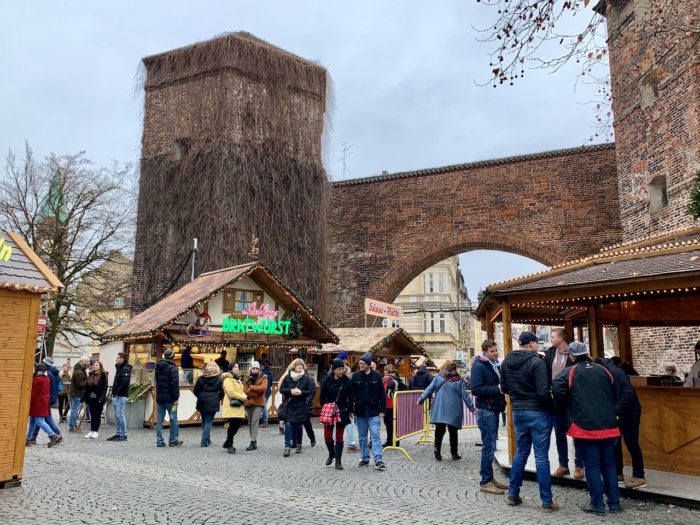
Wooden Christmas market bungalows are often build amongst historical landmarks, like this Bratwurst vendor in front of medieval Munich wall, built circa 1285 AD.
Christmas Food Traditions: Gluhwein
There is something about the fragrant scent of bubbling Gluhwein that brings back memories of my junior-year semester abroad in Berlin. So sweet, savory, and cheap. German mulled-wine is made from warmed red wine mixed with orange, lemon, cinnamon, nutmeg, fennel, cloves, cardamom, and ginger. For an extra euro or two, you can add a shot of amaretto, jägermeister, etc. Shoppers pay a small deposit (pfand) for the mug, which is returned at the end of the night (ya! for zero waste).
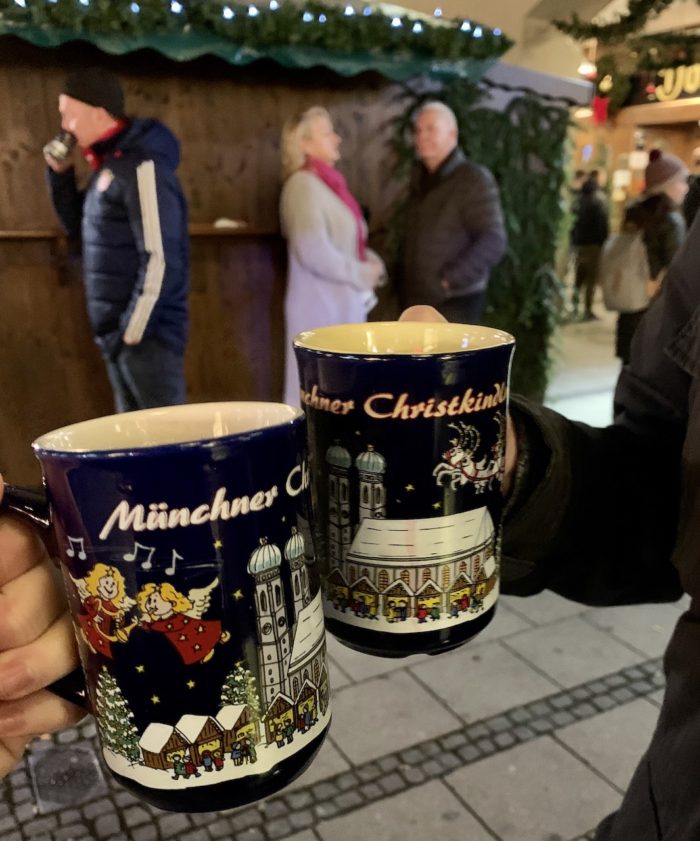
It’s certainly not a top-shelf reserve, but something about sipping warmed gluhwein under falling snow and holiday lights really ignites the feeling of Christmas.
... and Roasted Nuts with Gingerbread
What is Christmas in Bavaria without candied-nuts and heart-shaped gingerbread?! Lebkuchen, as it’s known, is a traditional German Christmas cookie made from honey, ginger, sugar and flour. Lebkuchen hearts are often decorated with romantic or sentimental messages celebrating the holidays.
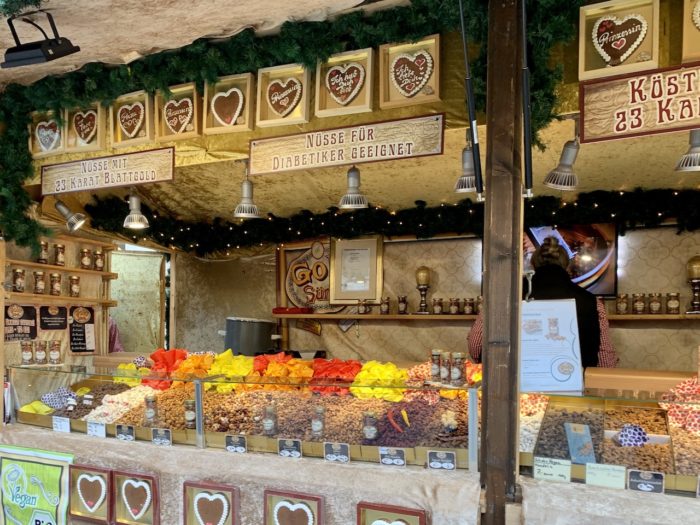
Candied-nuts (or Gebrannte Mandeln) are everywhere at the Christmas market. My favorite were the almonds!
The Best of Bavarian Comfort Food
There is certainly no shortage of winter comfort food in the Bavarian region. Scroll the gallery to view some of my favorites!
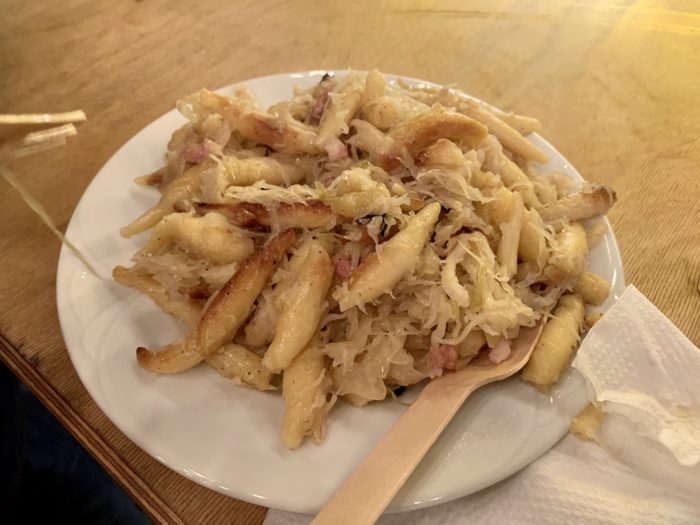
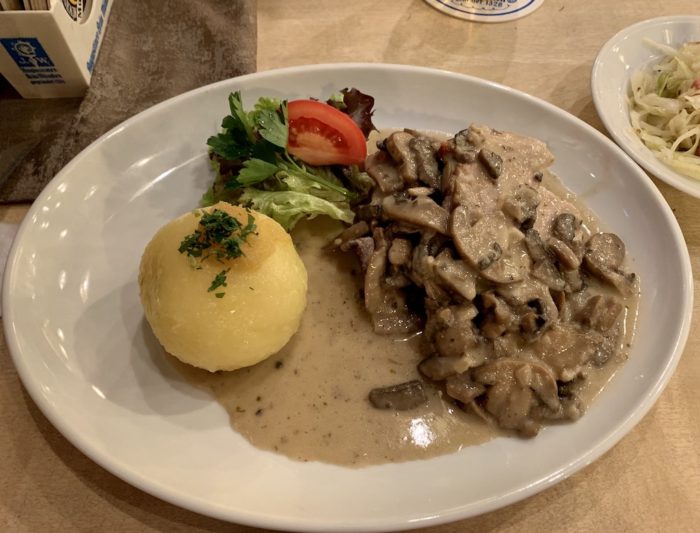
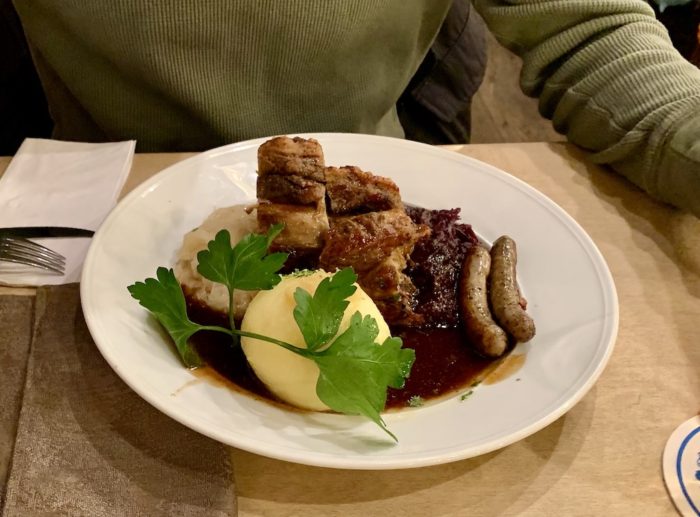
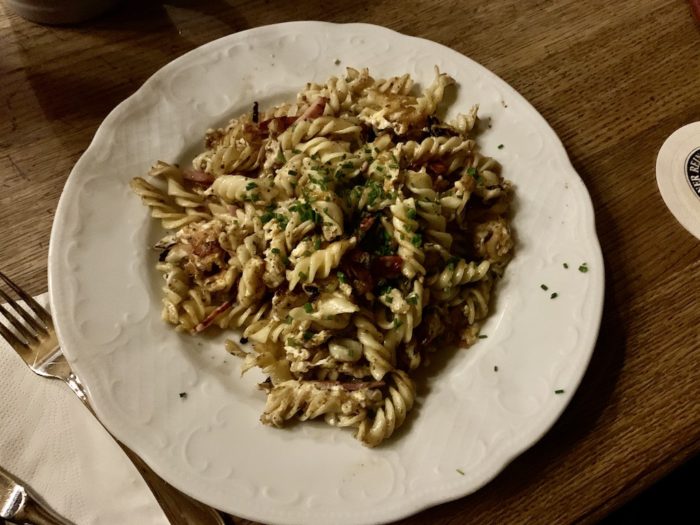
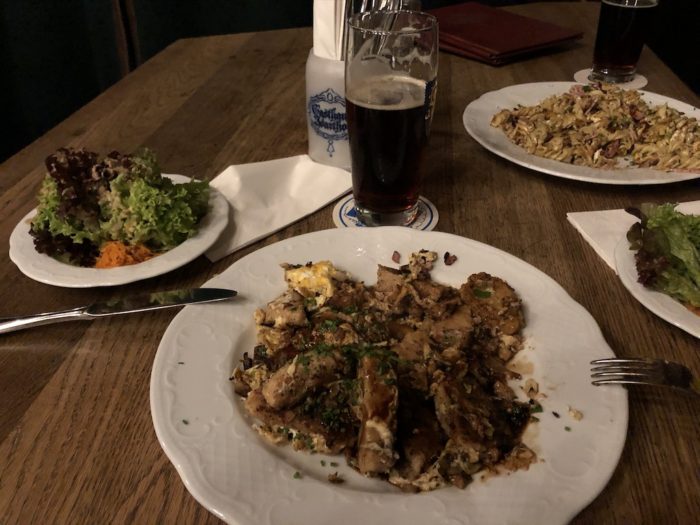
I actually remember my grandmother (of Croatian decent) making a dish similar to spaetzle, so this may also be an eastern European favorite.
Wie viel Bier hast du getrunken?
A lot. Fortunately, it’s pretty light by Denver standards. Of course we visited world-famous Haufbrau house, as well as Augustiner. Helles (5.2%) is a pale lager while dunkles is a malty dark beer. Overall, not bad. Though I feel incredibility spoiled to have a family-owned brewery on nearly every street corner in Denver.
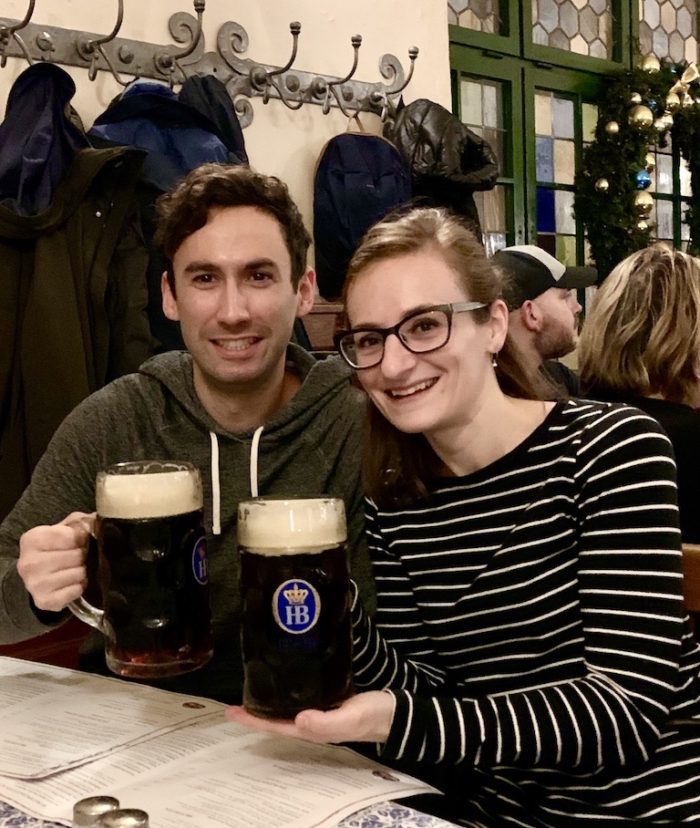
It’s very common to purchase a 1 L (or 2 pints of beer) at the Haufbrau house, which looks overwhelming when it comes in such a huge glass!
Sausage and Pretzels
What is a visit to Germany without sausage and pretzels? Considered a staple in many parts of the country, the sausage and pretzel game in Munich (likely to offset the high beer consumption), is pretty good.
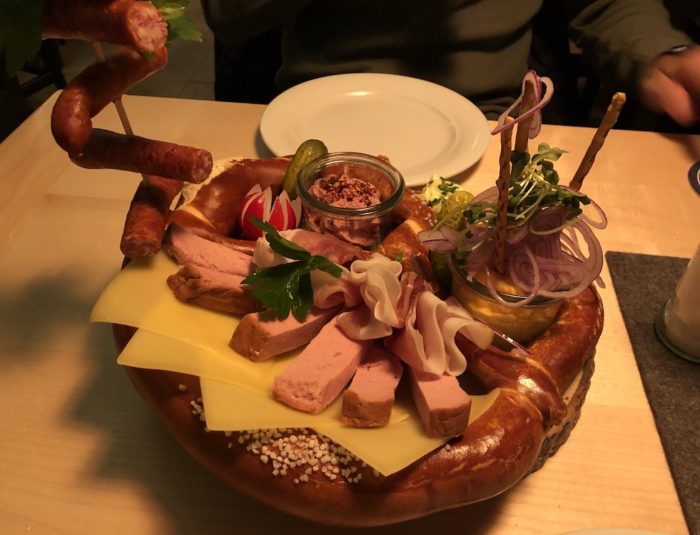
Wooozers. That’s some pretzel!
The Christmas Eve Dinner
The highlight of our culinary adventure in Munich was our Christmas dinner at Hotel Torbräu. Booked months in advanced, the Hotel Torbräu is one of the oldest hotels in the historical Munich city-center. Hosted in Restaurant Schapeau, our Christmas dinner experience with wine paring far exceeded our expectations. We did not leave hungry, that’s for sure! Scroll the gallery to see some of our Christmas favorites.
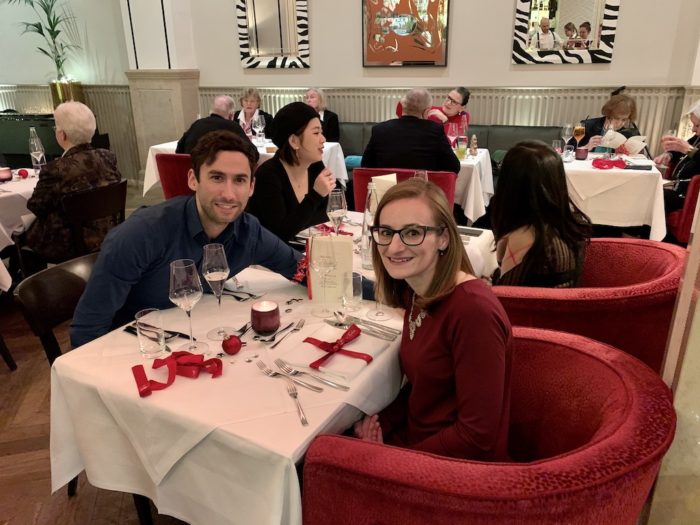
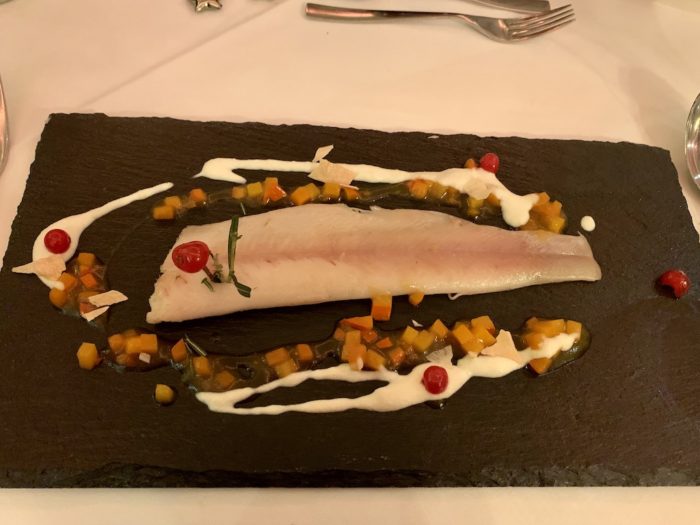
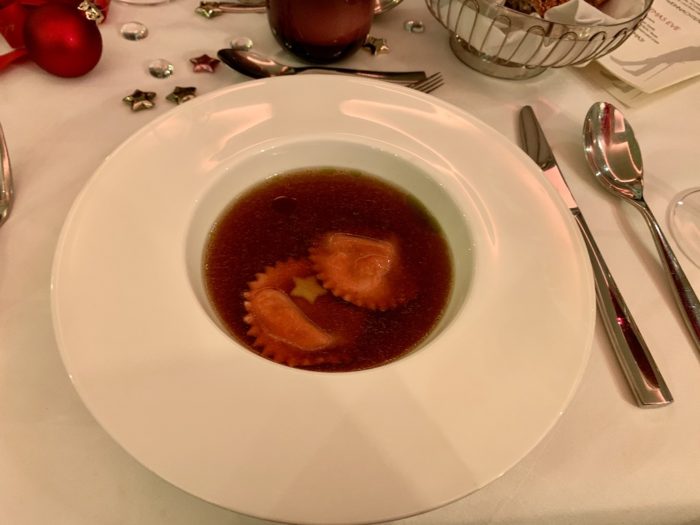
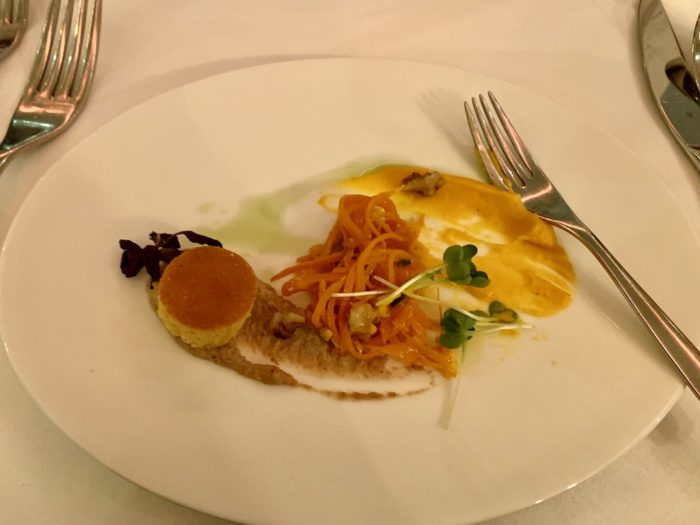
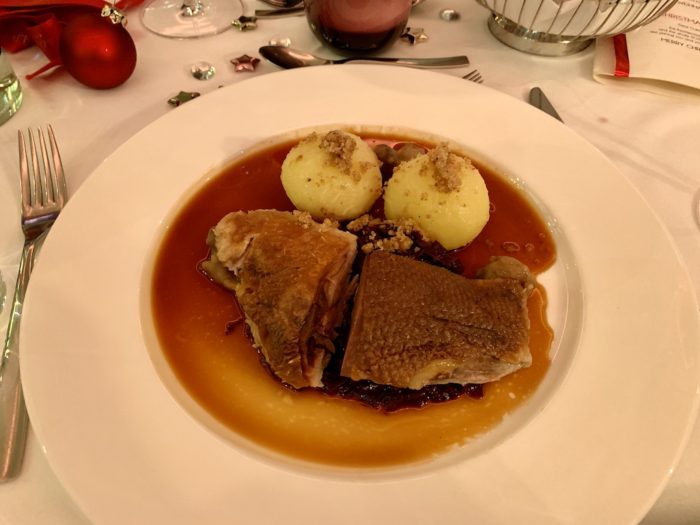
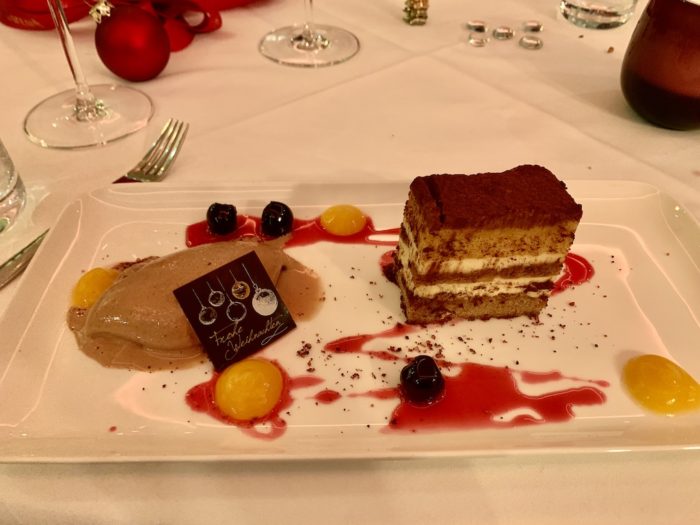
The obligatory vegetable photo...
I am a dietitian after all, so here ya’ go. Yum. Look at all that colorful produce…
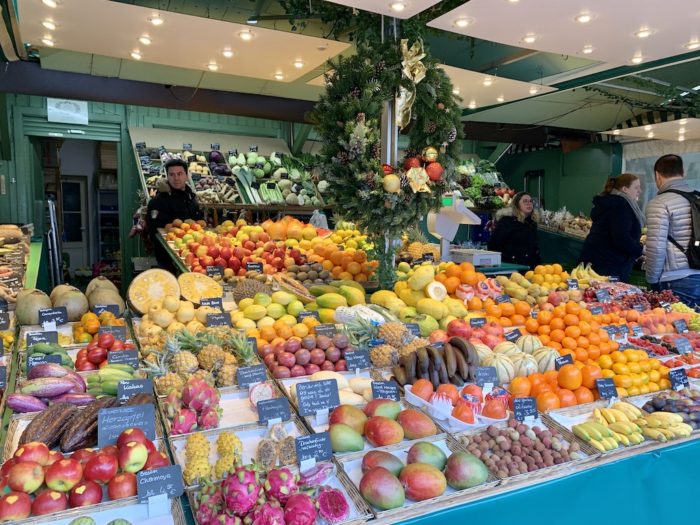
Auf Wiedersehen!
Sarah


You May Also Like

Dietitian Abroad: Paris Edition
November 12, 2019
Dietitian Abroad: Greece Edition
January 1, 2017